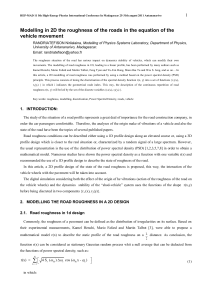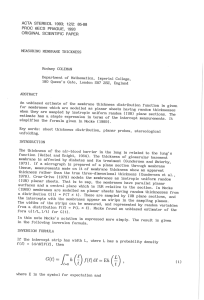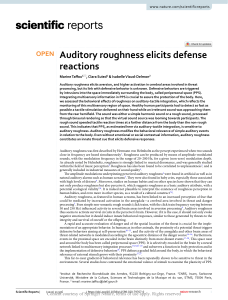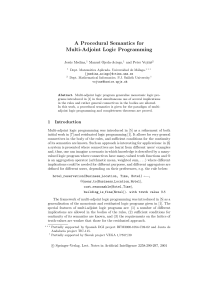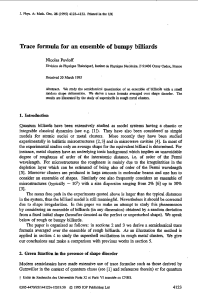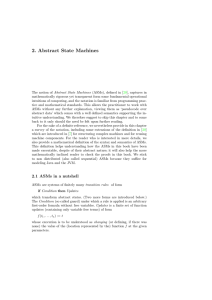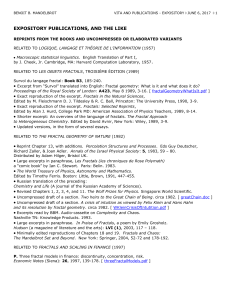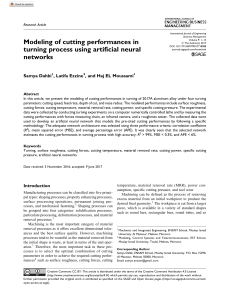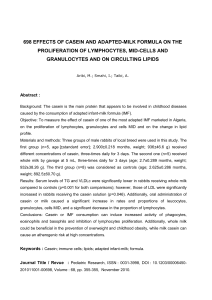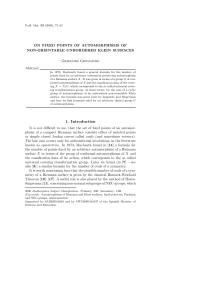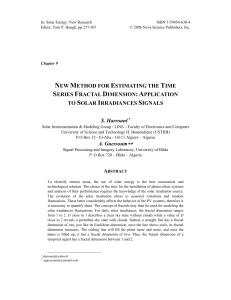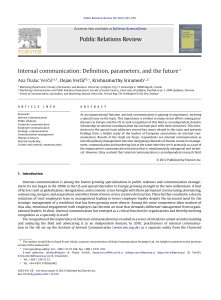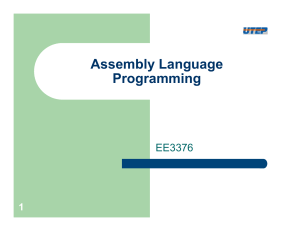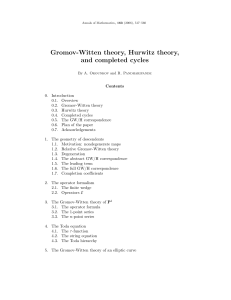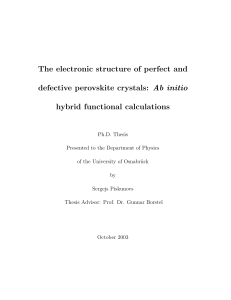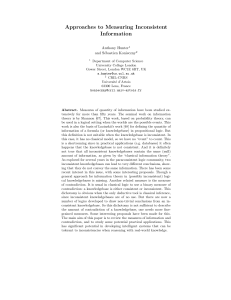AS_13_n1_155_GAU.pdf
publicité
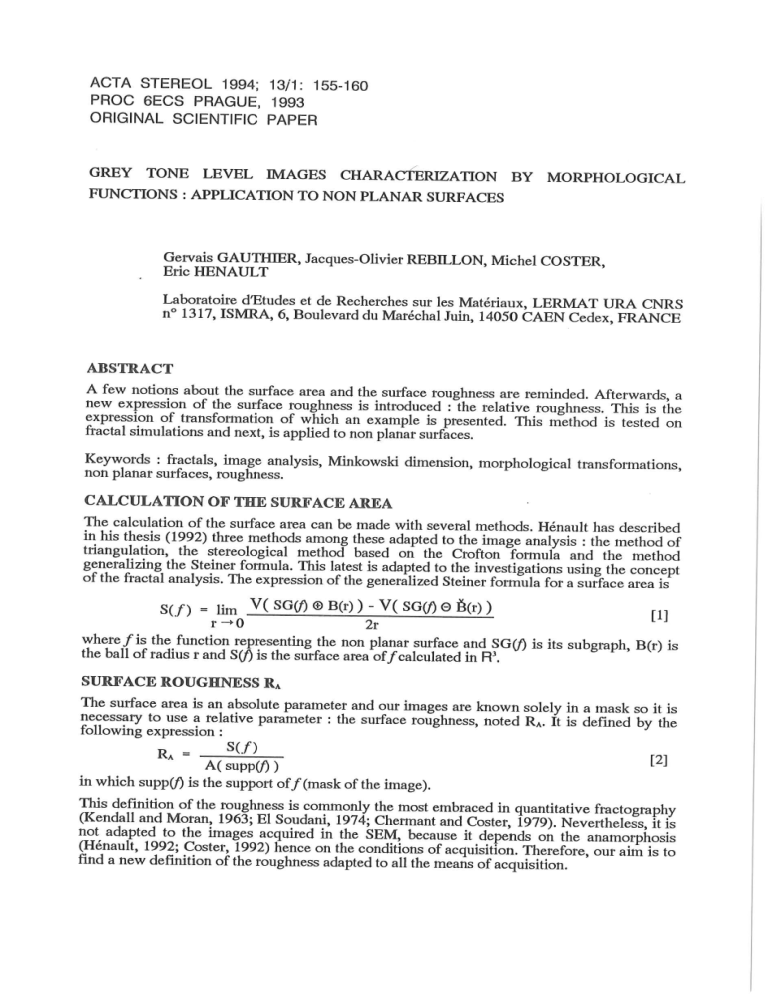
ACTA STEREOL 1994; 13/'1: 155-160 PROC GECS PHAGUE, 1993 ORIGINAL SCIENTIFIC PAPER GREY TONE LEVEL IMAGES CHARACTERIZATION BY MORPHOLOGICAL FUNCTIONS : APPLICATION TO NON PLANAR SURFACES _ Gervais GAUTHIER, Jacques-Olivier REBILLON, Michel COSTER, Eric HENAULT Laboratoire d'Etudes et de Recherches sur les Matériaux, LERMAT URA CNRS n° 1317, ISMRA, 6, Boulevard du Maréchal Juin, 14050 CAEN Cedex, FRANCE ABSTRACT A few notions about the surface area and the surface roughness are reminded. Afterwards, a new expression of the surface roughness is introduced : the relative roughness. This is the expression of transformation of which an example is presented. This method is tested on fractal simulations and next, is applied to non planar surfaces. Keywords : fractals, image analysis, Minkowsld dimension, morphological transformations, non planar surfaces, roughness. CALCULATION OF THE SURFACE AREA ' The calculation of the surface area can be made with several methods. Hénault has described in his thesis (1992) three methods among these adapted to the image analysis : the method of triangulation, the stereological method based on the Crofton formula and the method generalizing the Steiner formula. This latest is adapted to the investigations using the concept of the fractal analysis. The expression of the generalized Steiner formula for a surface area is Sm = Hm V( so(/) o B(r)) - V( sou) e 1§(r)) r —> 0 [1] 2r where f is the function representing the non planar surface and SG(f) is its subgraph, B(r) is the ball of radius r and S(f) is the surface area off calculated in Fi’. SURFACE ROUGHNESS RA The surface area is an absolute parameter and our images are known solely in a mask so it is necessary to use a relative parameter : the surface roughness, noted RA. It is defined by the following expression : RA = L A( suppv‘) ) [2] in which supp(f) is the support off (mask of the image). This definition of the roughness is commonly the most embraced in quantitative fractography (Kendall and Moran, 1963; El Soudani, 1974; Chermant and Coster, 1979). Nevertheless, it is not adapted to the images acquired in the SEM, because it depends on the anamorphosis (Hénault, 1992; Coster, 1992) hence on the conditions of acquisition. Therefore, our aim is to find a new definition of the roughness adapted to all the means of acquisition.
